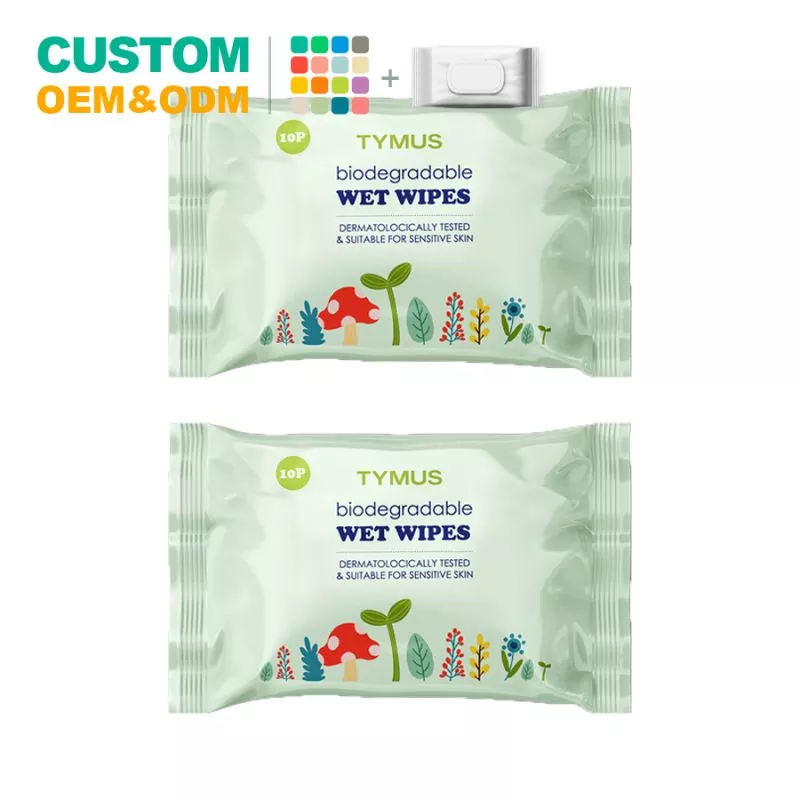The Evolution of Wet Wipes: From Convenience to Necessity
2024-08-16
Introduction
Wet wipes have become a staple in households, workplaces, and even on-the-go lifestyles. Originally introduced as a convenient solution for quick clean-ups, these handy items have evolved to meet a variety of needs, from personal hygiene to surface disinfection. This blog explores the journey of wet wipes, their expanding applications, and how they have transitioned from a convenience item to a daily necessity.

The Birth of Wet Wipes
The concept of wet wipes began in the mid-20th century, primarily as a solution for quick and easy personal hygiene. Initially targeted at parents for baby care, these wipes were designed to clean delicate skin without the need for water. Their portability and effectiveness soon made them popular among travelers and outdoor enthusiasts.
Diverse Applications and Growing Demand
As time passed, the use of wet wipes expanded beyond baby care. The convenience they offered led to the development of specialized wipes for a variety of purposes:
- Personal Hygiene: Beyond baby wipes, products for facial cleansing, hand sanitizing, and makeup removal became widely available. These wipes offer a quick and effective solution for maintaining hygiene, especially in situations where water is scarce.
- Household Cleaning: Wet wipes designed for surface cleaning and disinfecting gained popularity, particularly in kitchens and bathrooms. Their ability to remove dirt and kill germs in one swipe made them a household essential.
- Industrial Use: In industries where cleanliness is paramount, such as healthcare and food processing, specialized disinfectant wipes are used to maintain hygiene standards and prevent contamination.
The Impact of the Pandemic
The COVID-19 pandemic significantly boosted the demand for wet wipes, particularly disinfectant wipes. With heightened awareness of hygiene, people sought effective ways to keep surfaces and hands clean. Wet wipes, being both convenient and effective, became an essential item in combating the spread of the virus.
Sustainability Concerns and Innovations
As the use of wet wipes soared, concerns about their environmental impact also grew. Many traditional wet wipes contain non-biodegradable materials, contributing to pollution and clogging sewage systems. In response, manufacturers have started producing biodegradable and flushable wipes. Innovations in materials, such as plant-based fibers, are helping to reduce the environmental footprint of wet wipes.
Conclusion
From their humble beginnings as a simple convenience item, wet wipes have become an indispensable part of modern life. Their versatility, combined with the growing focus on hygiene, has cemented their place in various aspects of daily living. As the demand for wet wipes continues to grow, the industry is moving towards more sustainable practices, ensuring that these essential products can be used responsibly.


